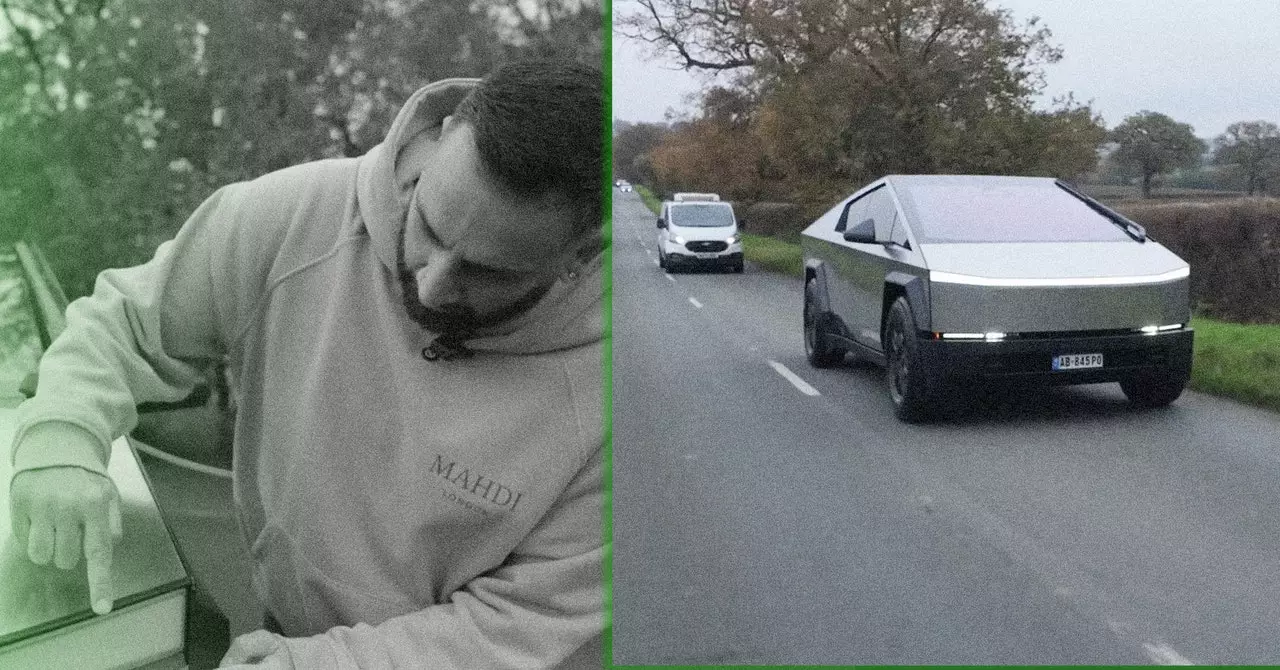The introduction of Tesla’s Cybertruck has sparked considerable excitement globally, thanks to its unconventional design and immense appeal within the electric vehicle (EV) market. However, it also raises serious regulatory concerns, particularly in the UK, where transport safety standards are rigorously enforced. Critics argue that the unique attributes of the Cybertruck, combined with the current regulatory framework, may pose significant challenges when it comes to ensuring public safety on UK roads.
The Cybertruck’s sharp edges and unorthodox structure have prompted voices from various organizations to express concern over the potential risks associated with its operation. Experts, such as Margaret Winchcomb from the Parliamentary Advisory Council for Transport Safety (PACTS), have highlighted that any loopholes enabling this unconventional vehicle to operate on UK streets need prompt addressing. Allowing the Cybertruck on the roads without thorough verification could represent a regression in public safety norms. The scrutiny surrounding the vehicle’s design showcases a growing reluctance from regulatory bodies to adapt quickly to burgeoning automotive technologies that may not sufficiently prioritize public welfare.
While Tesla has made assertive safety claims and released crash-test dummy footage to bolster its narrative, independent crash-testing agencies like the Insurance Institute for Highway Safety (IIHS) remain hesitant to evaluate the Cybertruck. The reason lies in the inadequacy of resources; only a limited selection of vehicles undergo rigorous testing due to budget constraints and prioritization based on sales metrics. As IIHS media director Joe Young aptly put it, unless the Cybertruck achieves sales figures akin to popular large pickups, their investment in testing appears unfeasible, leaving unanswered questions regarding the vehicle’s safety and effectiveness, particularly its crumple zones.
In the UK, the Department for Transport (DfT) has indicated uncertainty regarding the Cybertruck’s eligibility for their Individual Vehicle Approval (IVA) test, specifically due to its “unusual design.” The IVA scheme was historically formulated for smaller vehicles used by specialist businesses, thereby making the Cybertruck’s integration into this framework problematic from the outset. Charalambous, a UK resident attempting to navigate the premise of bringing a Cybertruck to the streets, faces steep hurdles both technologically and legally. It appears that his efforts could be misdirected, given the DfT’s cautious stance, indicating that the Cybertruck’s advanced technology may not align with existing regulations.
Moreover, the complications become more pronounced when considering the vehicle’s foreign registration plates. The DfT has reiterated the importance of adhering to regulations regarding vehicle registration in the UK, emphasizing that it is illegal for residents to drive vehicles displaying foreign number plates without proper authorization. This poses a real issue for potential owners like Charalambous, who may be operating under the misconception that he has legal grounds to drive the Cybertruck given his international insurance coverage. The DfT clarified that, in cases of unregistered vehicles, insurance could be rendered void, which could lead to significant legal and financial repercussions.
The Road Ahead for the Cybertruck
The future of the Cybertruck in the UK serves as a crucial case study not only for Tesla but for the larger EV industry. As the automotive landscape rapidly transforms with innovative designs and advanced technologies, the regulatory frameworks must evolve simultaneously to ensure that public safety standards remain intact. The challenges posed by the Cybertruck’s uniqueness highlight the need for regulators to provide clearer guidance on how vehicles with unconventional designs can maneuver within established legal parameters.
While the Cybertruck continues to generate buzz and anticipation, its viability on UK roads remains ensnared by regulatory labyrinths that are ill-equipped to handle its distinct characteristics. Until a concerted effort is made to bridge the gap between innovation and safety regulations, potential owners face an uphill battle, and the broader implications for the EV market await resolution. Whether Charalambous will eventually succeed in legalizing his Cybertruck remains unclear, but for now, the regulatory landscape represents a formidable barrier to entry in an environment that is increasingly electrified.

